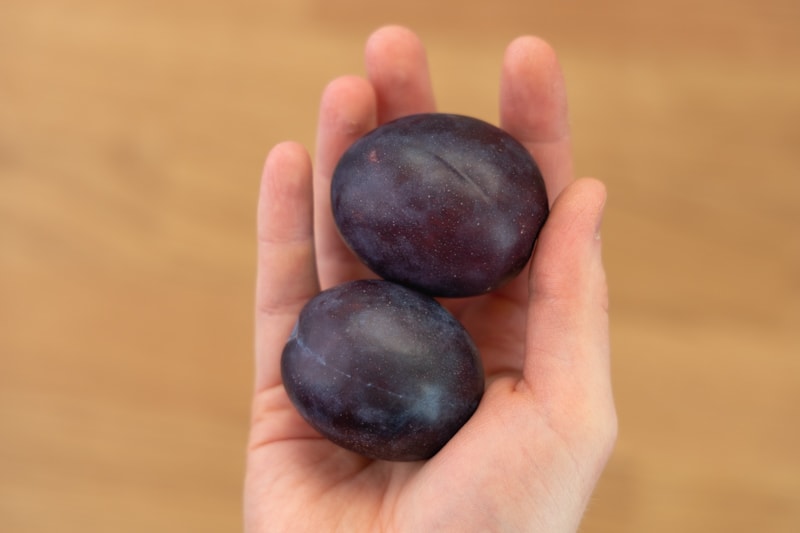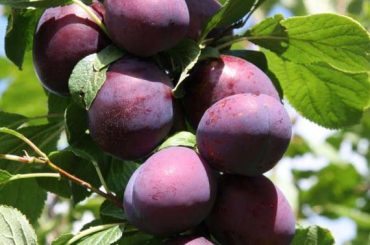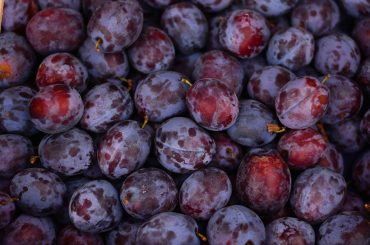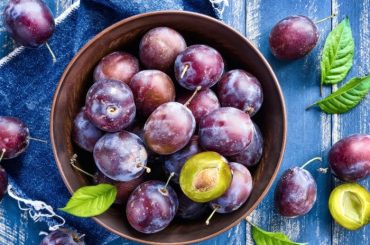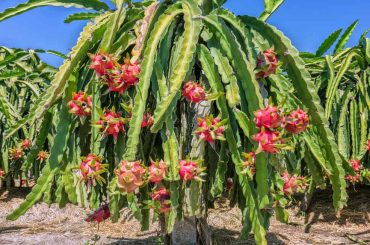Table of Contents
Have you ever tasted plums? Did it ever happen to you that your plum has no taste? Well, don’t worry, you are not ill, there are some plum varieties that go tasteless due to some specific situations. Also, do you know how many varieties of plum are there?
Well, let us tell you, there are almost 20 varieties of plum available in the market, and these taste almost similar but with a slightly different twist from one another. However, they remain juicy, sweet, and sour at the same time in all the variations. However, there’s an occasional disappointment when you bite into a plum only to find it tasteless. This can be due to some environmental factors.
Don’t worry we have got answers to this query below we have mentioned several factors that can cause the tastelessness in the plums.
Factors that Affect the Taste of The Plums
There is not one factor that leads to cause plums to go tasteless. Thus, we have mentioned below all possible factors that can hamper the taste of the plums.
1. Varieties
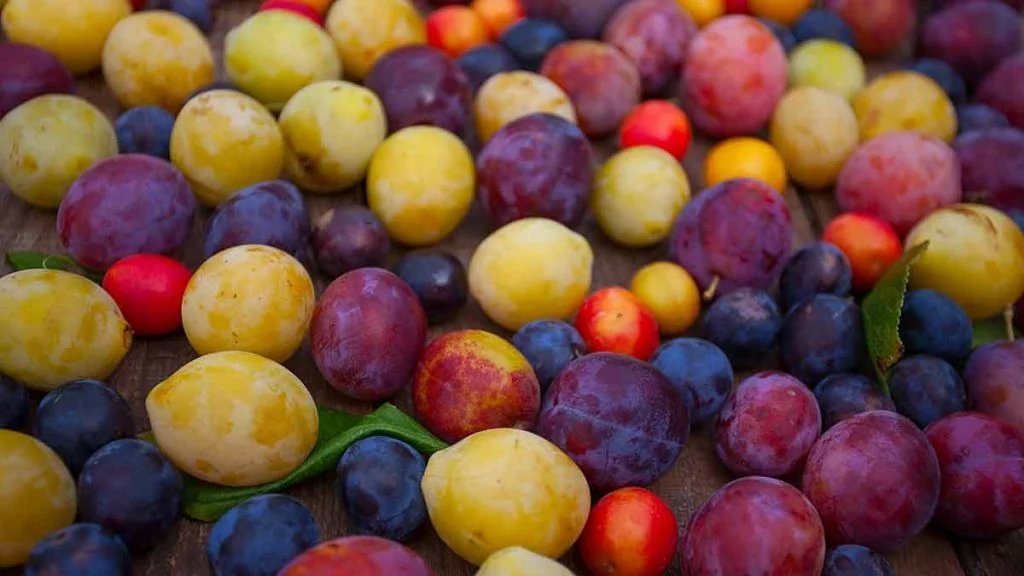
As we mentioned above, varieties have different tastes, which can also cause some of them to be bland. This is because not all plums are created equal when it comes to taste. Plum varieties vary in flavor, with some naturally being sweeter and more flavorful than others. For instance, Japanese plums like the Santa Rosa or Satsuma are known for their sweetness and rich flavor, while European plums tend to have a milder taste. When you bite into a tasteless plum, it might simply be because you picked a variety that is naturally less sweet or flavorful.
2. Ripeness
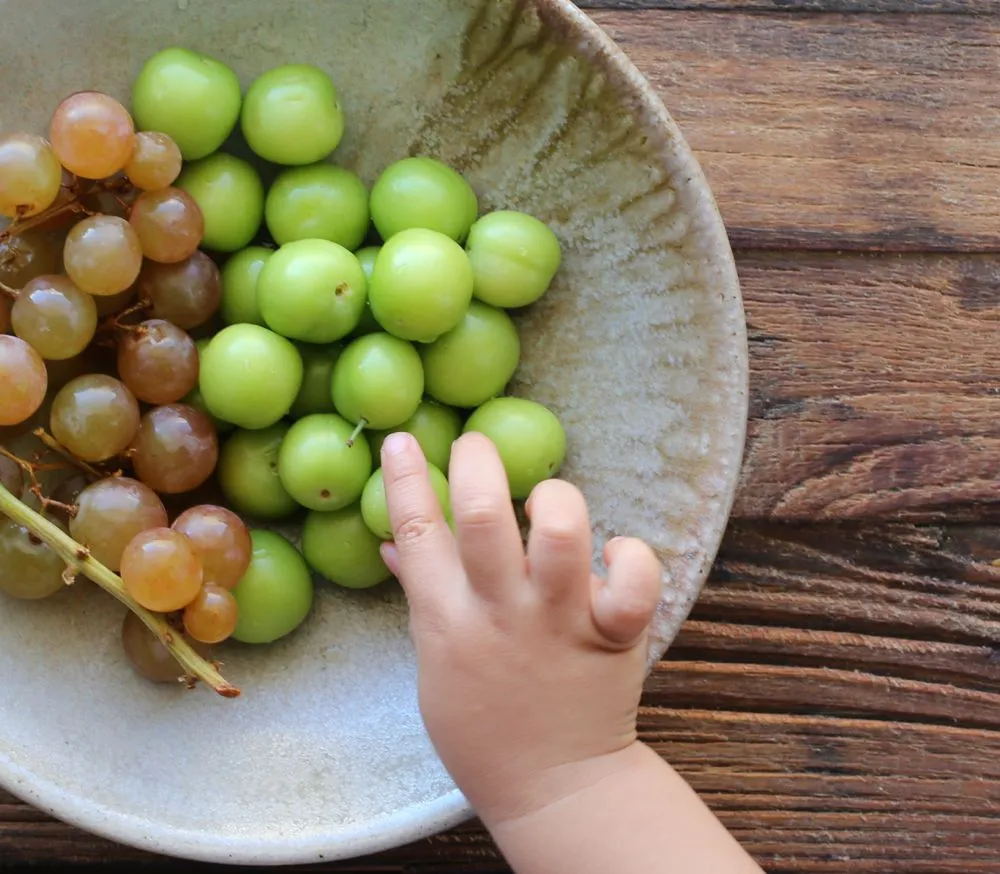
One of the most common reasons for tasteless plums is picking them before they are fully ripe. Plums are notorious for being tricky when it comes to ripeness. They often look ripe before they actually are, leading people to pick them prematurely. A plum that is not fully ripe will be firm and lack the sweet and juicy qualities we associate with this fruit. To ensure a tasty plum, allow it to ripen on the tree until it reaches its full color and gives slightly to gentle pressure. If you pick plums too early, they may never develop their true flavor potential. A self-ripened fruit is always tastier than the ones that are picked early and then ripped through different methods.
3. Growing Techniques and Conditions
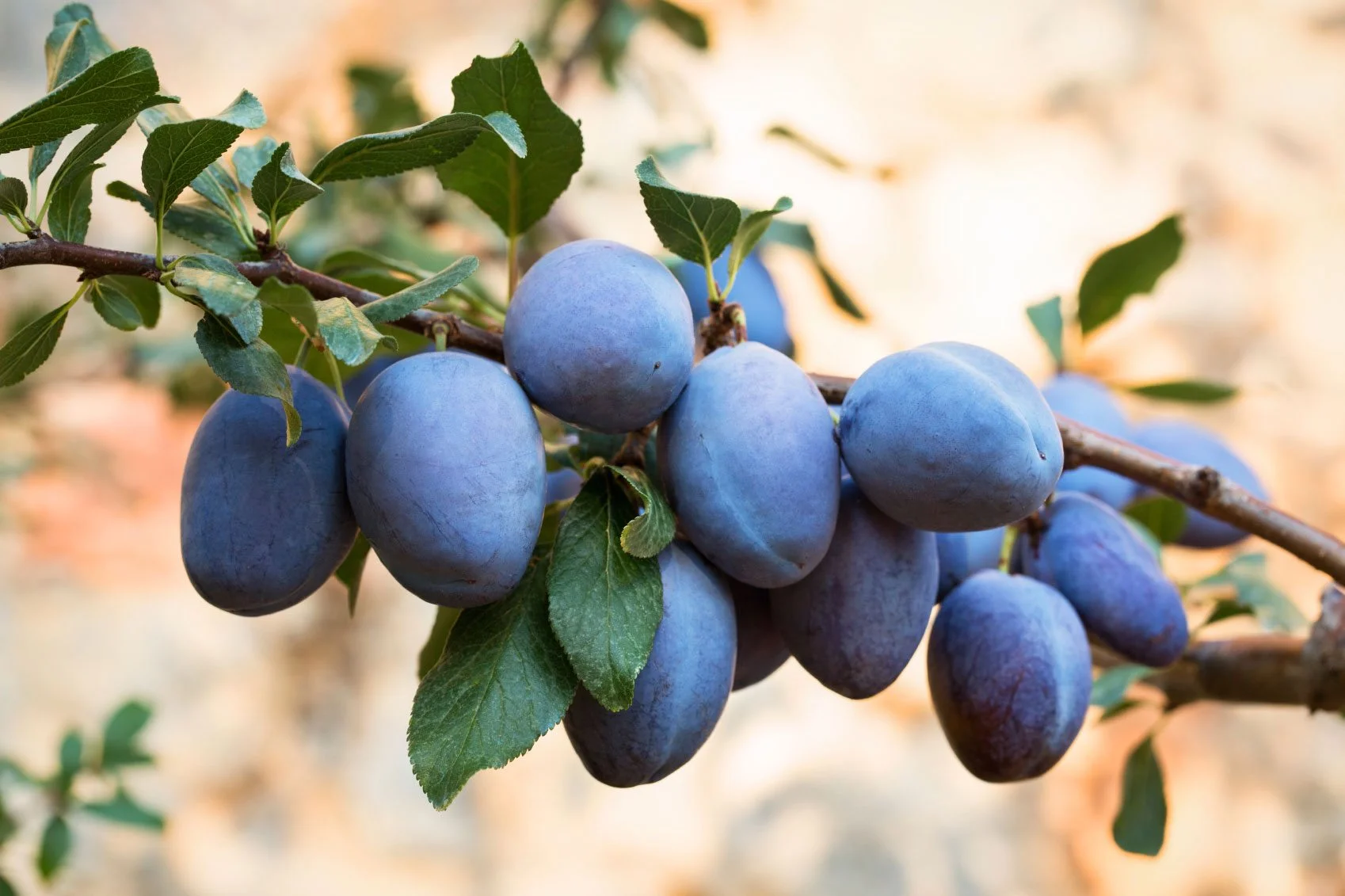
Plums, like all fruits, are influenced by the conditions in which they are grown. Factors such as soil quality, climate, and water availability can have a significant impact on a plum’s taste. Here are some ways in which growing conditions can affect plum flavor:
- Plums thrive in well-drained, fertile soil. If the soil lacks essential nutrients, the plum tree may struggle to produce flavorful fruit.
- Plums require a certain number of chilling hours during winter to set fruit properly. Insufficient chilling hours can result in poor fruit development and tasteless plums.
- Inconsistent or insufficient watering can lead to tasteless plums. Plum trees need consistent moisture to produce juicy, sweet fruit.
4. Harvesting and Storage
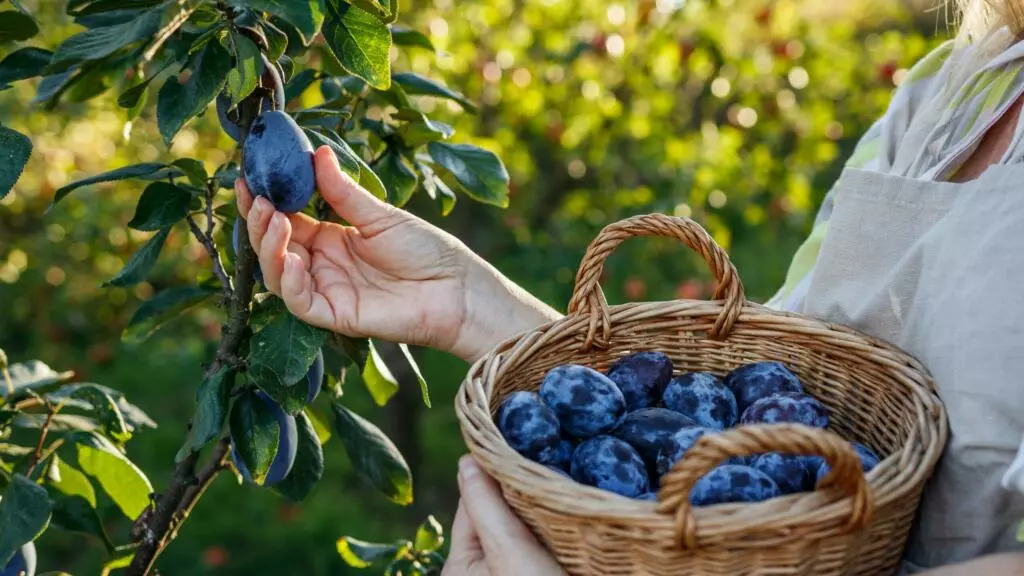
The way plums are handled after harvesting can also impact their flavor. If plums are mishandled or stored improperly, they can lose their taste. Here are some tips to ensure plums maintain their flavor:
- Plums are delicate fruits and can bruise easily. Rough handling during harvesting and transportation can damage the fruit and affect its taste.
- Store plums in a cool, dark place or in the refrigerator. Avoid storing them in direct sunlight, as this can cause them to deteriorate and lose their flavor.
- Plums are sensitive to ethylene gas, which is produced by some fruits like apples and bananas. Store plums away from ethylene-producing fruits to prevent them from becoming tasteless.
5. Pest and Diseases Damage
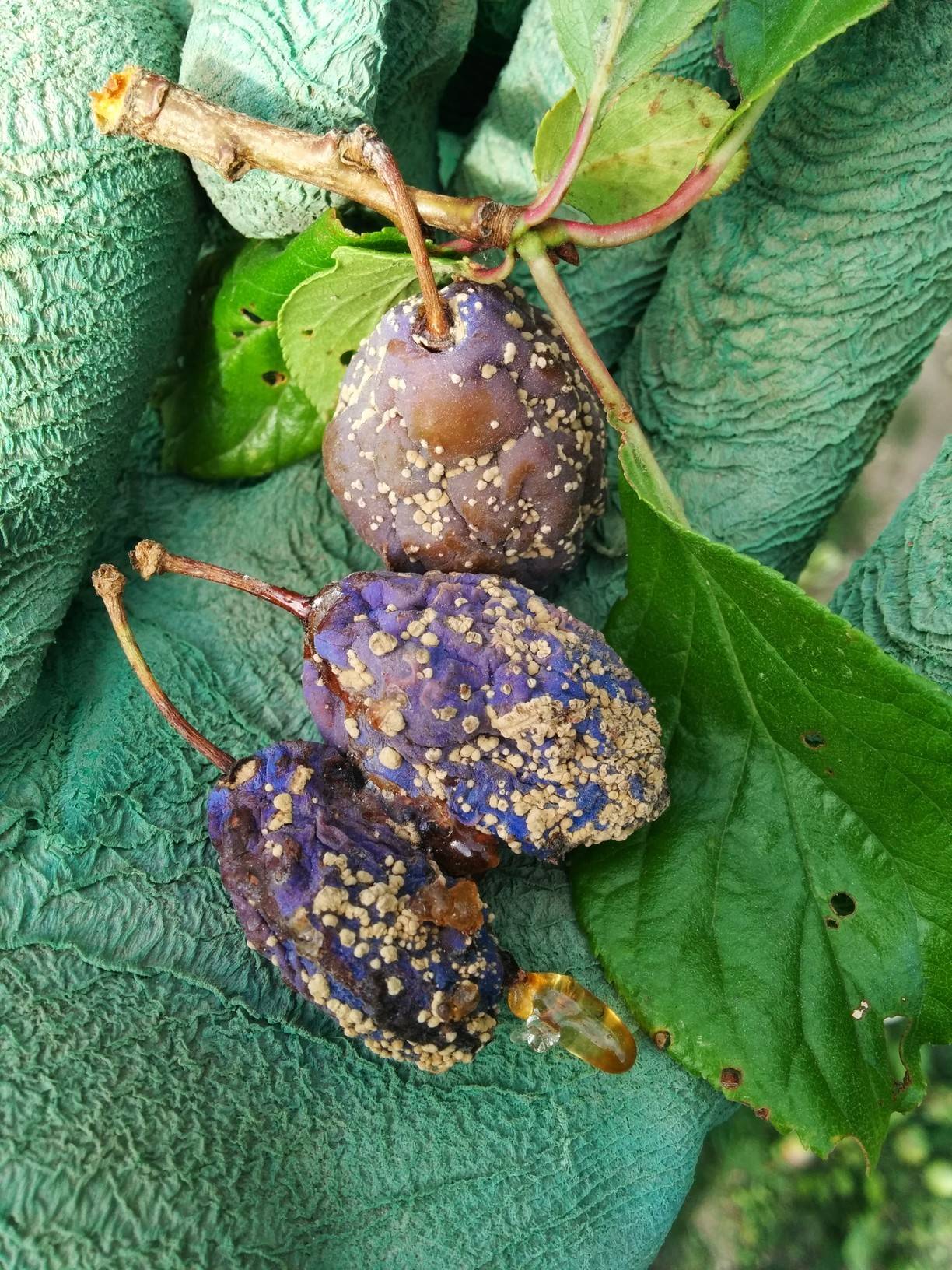
We all know that pests and diseases cause a lot of damage to the tree and the fruits as well. Plum trees are susceptible to various pests and diseases. When these issues go untreated, they can harm the tree’s ability to produce flavorful fruit. For example, plum curculio beetles can damage the fruit, causing it to become misshapen and less flavorful. Regular pest control and disease management are essential for maintaining the taste of plums.
6. Genetic Factors Of The Plant
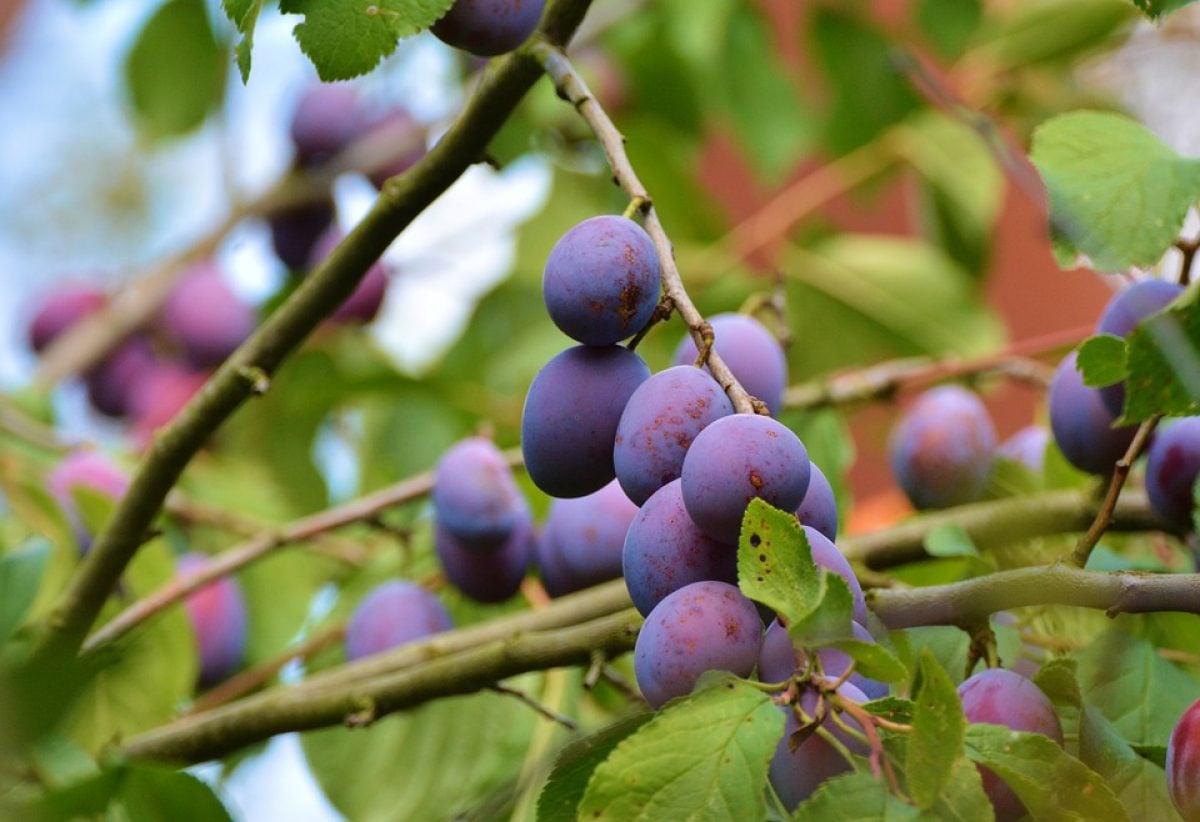
Sometimes, the genetics of a plum tree can play a role in the taste of the fruit it produces. Plum trees are not all the same, and some may naturally produce fruit that is less flavorful than others. Breeders and growers often select and cultivate plum varieties based on taste and other desirable traits, but natural genetic variation can still lead to differences in flavor.
7. Overcrowding and Competition
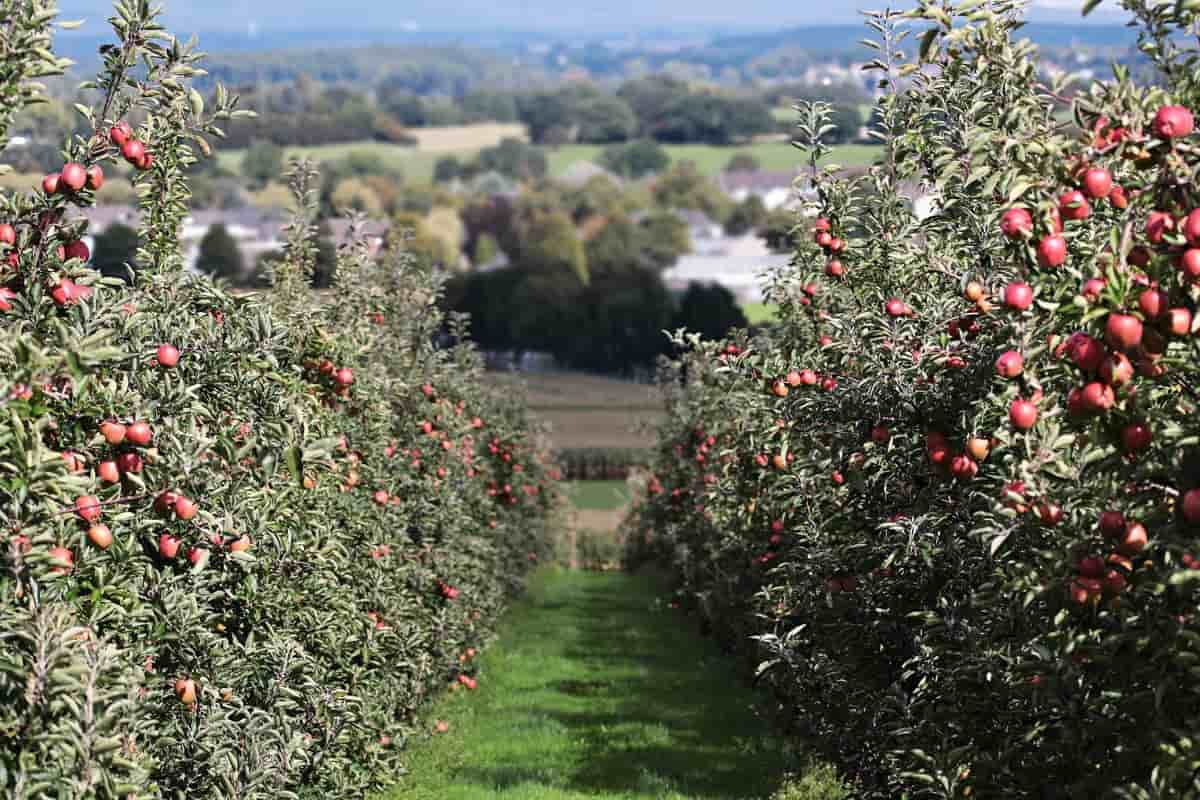
When plum trees are planted too closely together, they may compete for nutrients and resources, resulting in smaller and less flavorful fruits. Proper spacing between trees is crucial to ensure that each tree has access to the nutrients it needs to produce tasty plums.
Conclusion
Now you have pretty much knowledge of why some plums are tasteless. Well, we have mentioned above all the factors that can cause such issues with the taste of this juicy fruit. In some cases, it is also observed that overwatering and over-fertilization also cause the tastelessness in the plums.
So make sure you are feeding the plants as per their requirement. Also, ensure a regular check on your plants to protect them from pests and other diseases. Keep in mind that not all plums are created equal, and taste preferences can vary widely.
So, the next time you enjoy a plum, consider the factors that might have contributed to its taste and savor the sweetness that comes with proper cultivation and care.

